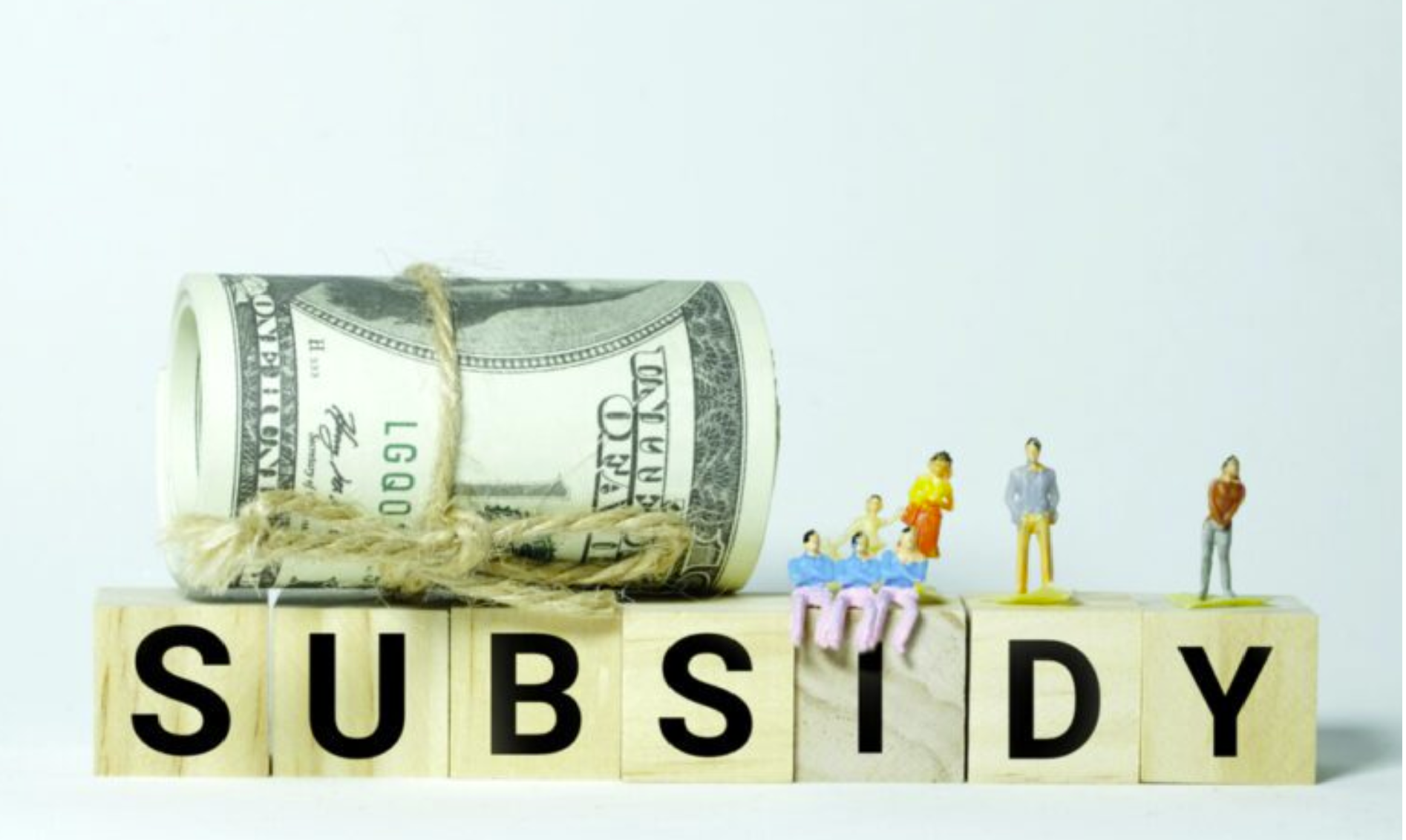One of the things that students learn in their first logic class is the fallacy of a false dilemma, which is the presentation of an argument with only two possible outcomes. The answer can only be black or white. Of course, we know that true dilemmas are rare. Yet false dilemmas dominate much of our political disclosure and debate.

Such is the case with the current argument raging about capitalism versus socialism. It is a false dilemma because there has never been, nor will there ever be, any country or economy that is purely capitalistic or purely socialistic. The ideals of each only exist as theoretical abstracts.
The essential difference between the two systems is whether the allocation of resources for the production of goods and services and the distribution of benefits of such production are directed by government or by private interests. In every economy that has ever existed that control has always been shared between the two. And for good reason.
Since Adam Smith first brilliantly described the mechanisms of free markets in 1776, we have understood that they are the most efficient allocator of resources and will invariably and dramatically produce more goods and services than an economy that is directed by a central authority. It is a truism that has been repeatedly proved by history.
But some level of government is necessary for free markets to operate efficiently. Free markets need to have contracts enforced, theft prohibited, and trademarks and patents protected. They need a universally accepted currency, bridges, roads, an educated workforce, public safety, a national defense and myriad other goods and services that the public sector must provide.
But there are also some values that societies will determine are more important than maximizing production and thus justify the government intervention. There are many examples of such interventions.
Social Security is a system by which the government compels individuals to turn over a portion of their income by a deduction from their paycheck and then decides how and to whom those funds will be paid out as retirement benefits. It is not a retirement saving plan. Just because you pay into Social Security, there is no guarantee you will ever receive any benefits (for example, if you die before retirement age).
Social security is fundamentally a socialistic device because it has transferred the bulk of the responsibility for caring for the elderly from the private sector to the public sector. That transfer almost certainly is less efficient than a private retirement system would have been. That is to say, if all of the money that has been paid into Social Security had been privately invested, there would be a greater store of value for retirement purposes today, creating a drag on overall economic growth as a result. But a purely private system would have produced a country of some with an abundance of retirement resources, but many destitute elderly. We, as a country, decided it was more important to us that there be some safety net for older Americans that would avoid the prospect of millions of elderly in dire straits than creating a greater total store of value and economic growth.
Certainly, there are those who argue that adopting Social Security was a mistake and that retirement planning should have been left to the private sector, but that is a very small minority of Americans. Social Security is consistently viewed favorably by over 90% of Americans in polls. A 2005 proposal by President Bush (43) to partially privatize Social Security went nowhere.
Social Security is one of many examples. Medicare, public schools and universities, the Federal Drug Administration, bank deposit insurance, federally guaranteed mortgage loans, and flood insurance are among thousands of programs in which the government controls the allocation of resources and benefits. Few of even the most ardent capitalists would propose a cessation of all of these programs.
The question is not whether the public sector or the private sector should control the economy. The question is what the balance between the two should be. Partisan soundbites and attempting to label political opponents as “socialists” or “greedy capitalists” will not help us make wise choices in striking that balance. But that is the political season in which we find ourselves.
These days I frequently hear from some of my contemporaries worrying about some polling showing that younger Americans view socialism more favorably. But I remind them of the adage that a person who is not a socialist at 20 has no heart and one that is not a capitalist by 40 has no brain.* One of my daughters recently was graduated and went to work. I have found quite interesting the effect that seeing the amount withheld from her paycheck has had on her political views!
I do worry that economic education of the American public, and not just our younger generations, has been neglected. I especially worry that at this moment in the history of our country there is a lack of appreciation for the power of free markets to produce prosperity and innovation. As an antidote for the allure of government intervention, I regularly recommend Adam Smith’s Wealth of Nations and Milton Friedman’s Free to Choose. If you have not read those, you should. If you have, give them to your children and grandchildren.
* This adage is frequently attributed to Winston Churchill. Whether he actually said it or not is unclear. Most attribute the first iteration to Georges Clemenceau who said of his son, “If he had not become a Communist at 22, I would have disowned him. If he is still a Communist at 30, I will do it then.”





.png)
